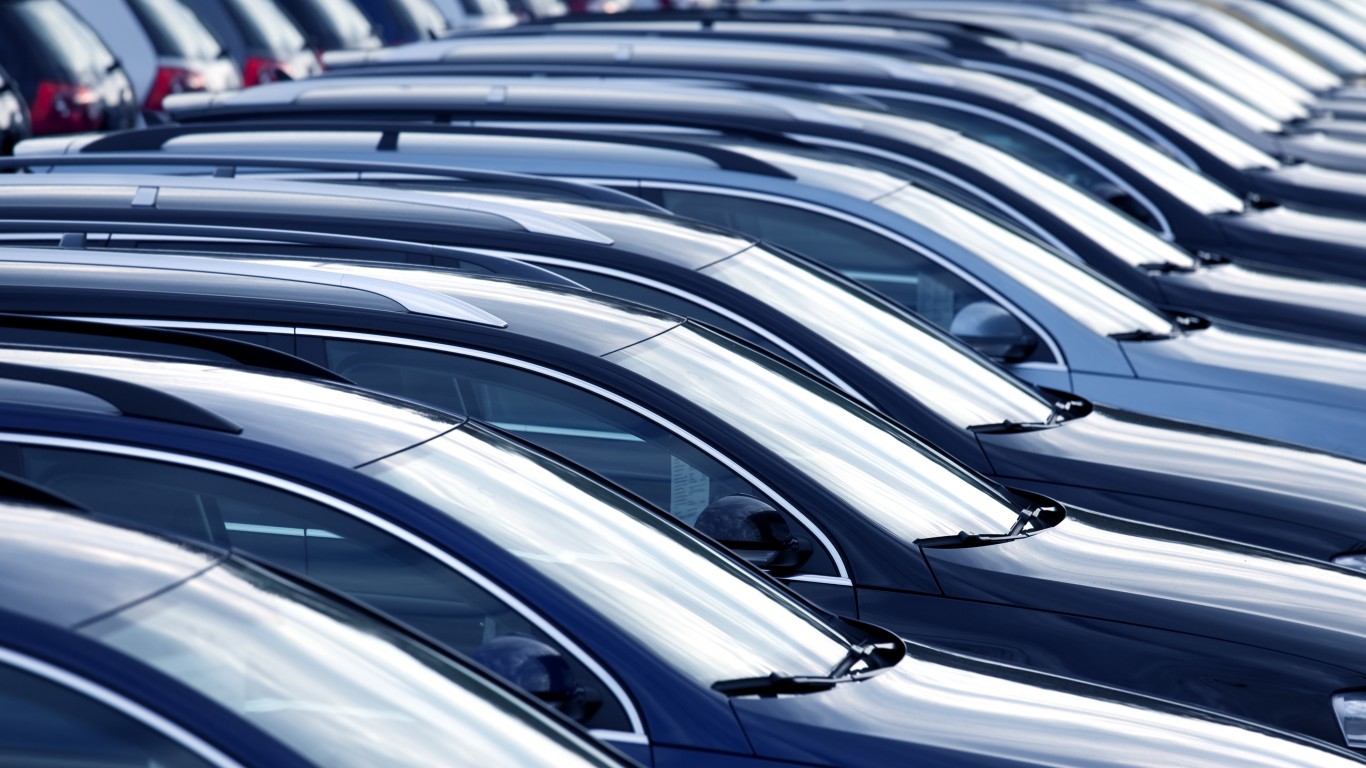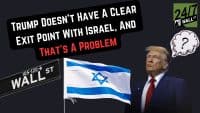
Although California is a part of the US, its economy is often considered exceptional. At $3.63 trillion gross state product (GSP), Governor Newsom pointed out that California is borderline the 4th biggest economy in the world, just behind Germany.
Forward-facing policies that adapt to emerging tech are one of the drivers of that success. One of them was Governor Newsom’s executive order last May to create a “pipeline of talent for the emerging industry [Web3] and utilize the technology for public good”.
California Leads the Way in Blockchain Innovation
The executive order would allow California’s state and public institutions to deploy blockchain technology as needed. On Wednesday, the policy materialized as another significant milestone ahead for the most populous US state. In collaboration with Oxhead Alpha, the California Department of Motor Vehicles (DMV) will start implementing digital wallets that hold car titles as non-fungible tokens (NFTs).
As the pilot project takes steam later in the year, it could cover over 36 million vehicles. Chief Digital Transformation Officer in the California Blockchain Workgroup Roadmap, Ajay Gupta, plans to complete the necessary blockchain ledger within the next three months, according to his Fortune interview.
“The DMV’s perception of lagging behind should definitely change,”
In the latter half of the year, a consumer-facing application, the digital wallet, should mint the first blockchain-titled vehicles.
What Problems Does Vehicle Tokenization Solve?
A DMV relies on a single point of authority to maintain/update records. This often leads to high administrative costs, vulnerability to errors, lack of easy access, and lack of transparency.
If such a traditional DMV database were supplanted with a blockchain ledger, multiple advantages are then introduced:
- Immutable record-keeping: decentralized blockchain network ensures that records cannot be tampered with, providing a tamper-proof record of vehicle ownership.
- Transparency: all parties involved with a vehicle transaction can overview its complete history of ownership, just as one could do with any Ethereum transaction. This also facilitates a trustworthy transfer of ownership without the need for intermediaries.
- Reduced bureaucratic load: because smart contracts automate the entire process on a blockchain ledger, there is no need for bureaucratic interception and oversight. This speeds up vehicle management and eliminates administrative costs, as no physical paperwork is needed.
- Interoperability: vehicle titles as NFTs are portable digital assets that can be accessed by any party with access to the blockchain network. This would break the isolated nature of DMV’s registration databases.
Of course, car owners would still have to rely on DMV validator nodes to keep the network online.
How Would Car Titles as NFTs Work?
California DMV tasked Oxhead Alpha to implement the blockchain-based car titling project. Headed by Andrew Smith, the company specializes in bridging blockchain solutions to traditional business models. Specifically, Oxhead Alpha uses the Tezos blockchain to deploy an open-source NFT framework.
This includes creating custom smart contracts that align with the token’s needs. In this case, vehicle titles. Tezos itself is a liquid proof of stake (LPoS) network. Unlike the regular PoS variant Ethereum transitioned into, the LPoS promotes a high degree of decentralization by allowing any token holder to become a validator, even if they hold a small amount of XTZ tokens.
More importantly, Tezos (XTZ) is a self-amending blockchain that can be upgraded without hard forks, which tends to be quite disruptive. This on-chain governance makes it very flexible, including built-in smart contract capability. They allow the creation of complex contracts that automate processes associated with vehicle ownership.
Will DMV Ledger Be Public?
Presently, Oxhead Alpha is running California DMV’s private testnet version (a fork) of Tezos. When finalized, the NFT car titles would then run on a private instance of Tezos, based on DMV validator nodes. A permissioned private blockchain would be less decentralized, but it would allow for a high degree of control, regulatory compliance, and security.
This may seem contradictory, but security would be increased as only pre-approved and vetted validators could participate in the ledger upkeep. On a public Tezos network, smart contracts would provide digital proof of ownership. Tezos network fees are considered to be in the medium range, between Solana and Ethereum, typically under one dollar.
The largest NFT marketplace, OpenSea, announced Tezos integration way back in February 2021, but that hasn’t yet materialized. That’s despite the Tezos Foundation earmarking a $200,000 grant to Ozone Networks, the company behind OpenSea. However, there are multiple Tezos NFT marketplaces to choose from, such as Rarible.com, Objkt.com, Kalamint.io or OneOf.com.
The reason may be that Tezos uses the FA2 token standard, which can be applied as fungible, non-fungible, or non-transferable within a single interface.
Is Tezos Scalable?
If DMV picked Tezos as any other user, the network offers horizontal scalability as more added validators can handle an increasing number of transactions, which would be needed to handle the California DMV load. Likewise, just as Ethereum is heading towards the Surge update, Tezos is aiming for the Mumbai update in 2023.
This milestone upgrade would allow up to 1 million transactions per second (tps) thanks to smart rollups. The end goal is to combine horizontal and vertical scaling.
While horizontal scaling adds validators and promotes decentralization, vertical scaling increases the processing capacity of each network node to handle more transactions. But, because vertical scaling requires more computing power, it leads to centralization. This is why the core Tezos team is trying to reach a balanced approach.
This article originally appeared on The Tokenist
Thank you for reading! Have some feedback for us?
Contact the 24/7 Wall St. editorial team.


